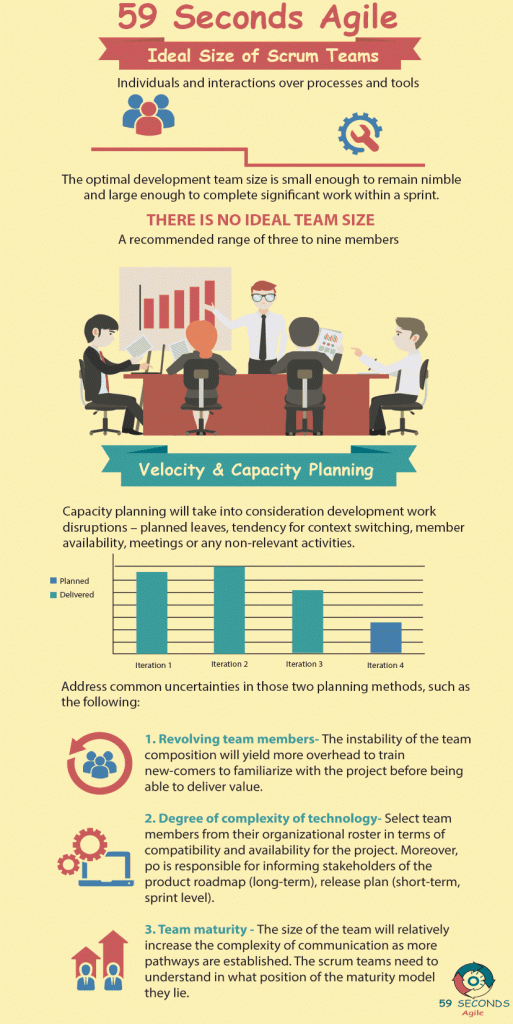Scrum Training: The Scrum Roles and the Tester
Scrum teams are composed of many different Scrum roles. Some of these roles are core to the Scrum project itself, while others are considered to be non-core. The non-core roles have some sort of bearing upon the project, however usually from an external point of view.
One vital role is that of the tester. As the term implies, a tester runs tests on the product, to ensure that it operates as intended. At a glance, this may not seem to require much interaction with other functions of the Scrum Process. However, Testers have a large impact on numerous facets of the Scrum process, and interact with almost every role, both core and non-core. As such the tester is considered to be a member of the development team within a Scrum Project. They are also referred to as a Developer and are expected to fulfil other responsibilities within the cross-functional Development Team.
Core Roles of a Scrum Project and the Tester
For any Scrum project, there are set roles that work directly with the product. These roles are the Product Owner, the Scrum Master, and the Scrum Team or Development Team. For their responsibilities on a project, testers will interact with these roles in a variety of ways.
Try our free Scrum Master Certified Online Training Course
The Product Owner and the Tester
The Product Owner is responsible for the long term success of a project. They determine what feature enter the Product Backlog, and what features are rejected. They are the individual who prioritises the Product Backlog. The interaction between Product Owner and tester is less direct, but important nonetheless. They must however work together when defining the acceptance criteria for the user stories. These acceptance criteria will be used when creating the regression tests.

Scrum Training: The Tester and The Product Owner
Testers can work with the Product Owner to understand their vision for the product, and how it should behave. There may be some ideas that were never recorded in official design documents, but can affect how a product or feature should be tested. By consulting with the Product Owner and understanding the feature better, testers can in turn write better test plans. This generates a more robust product, one that is more in line with what the Product Owner envisioned.

